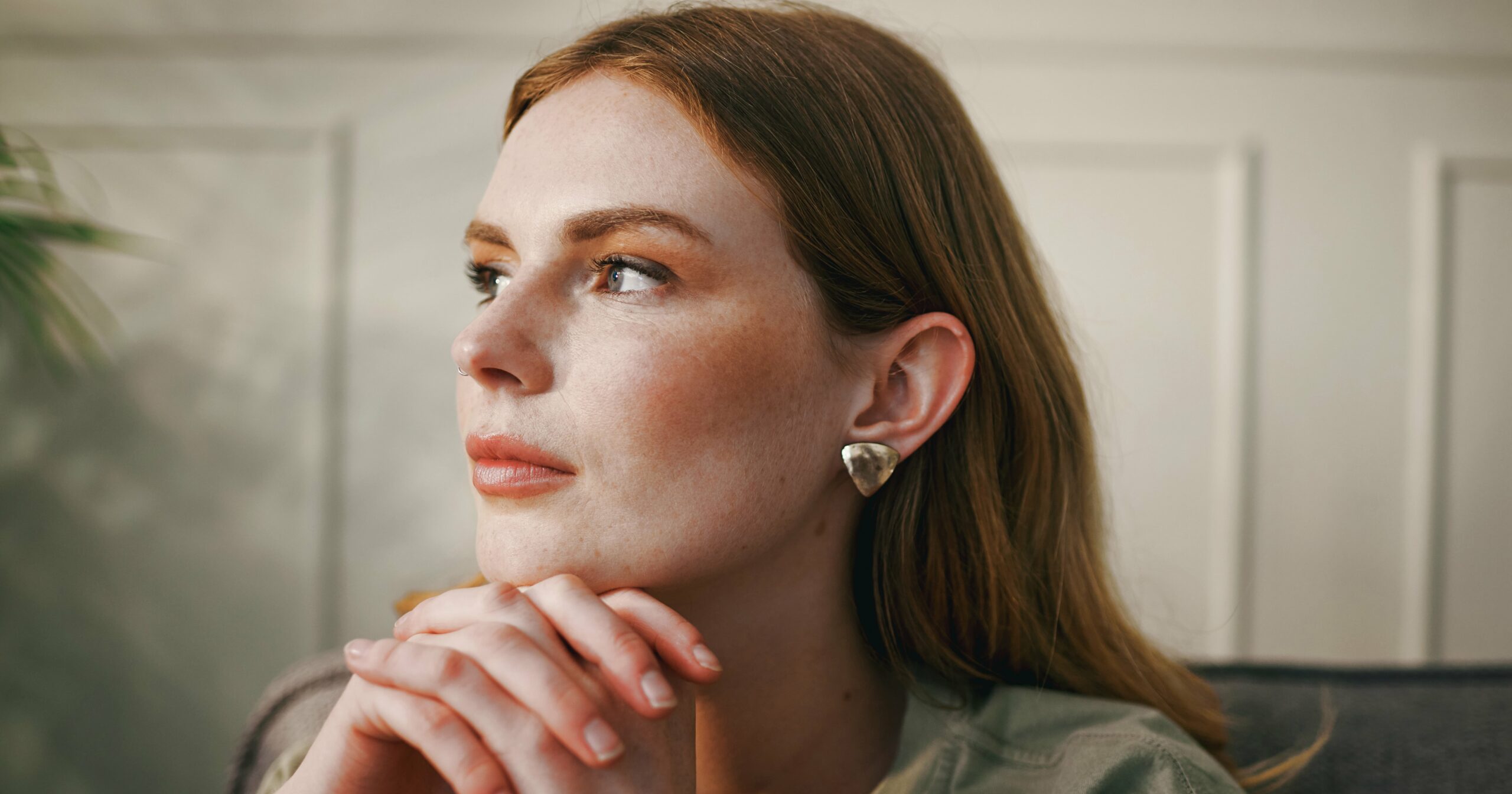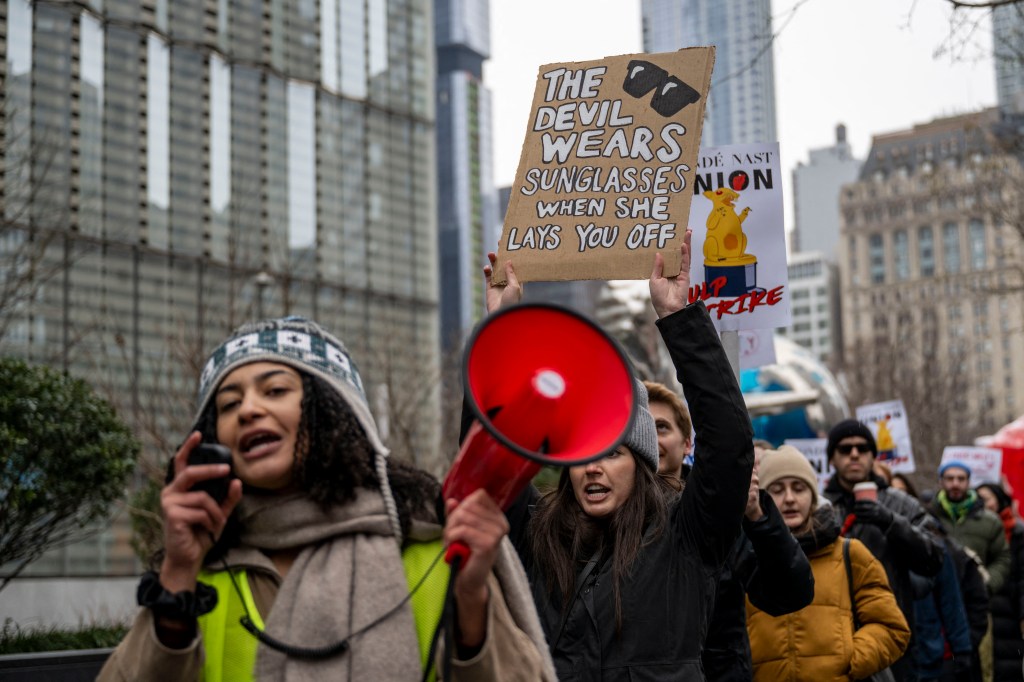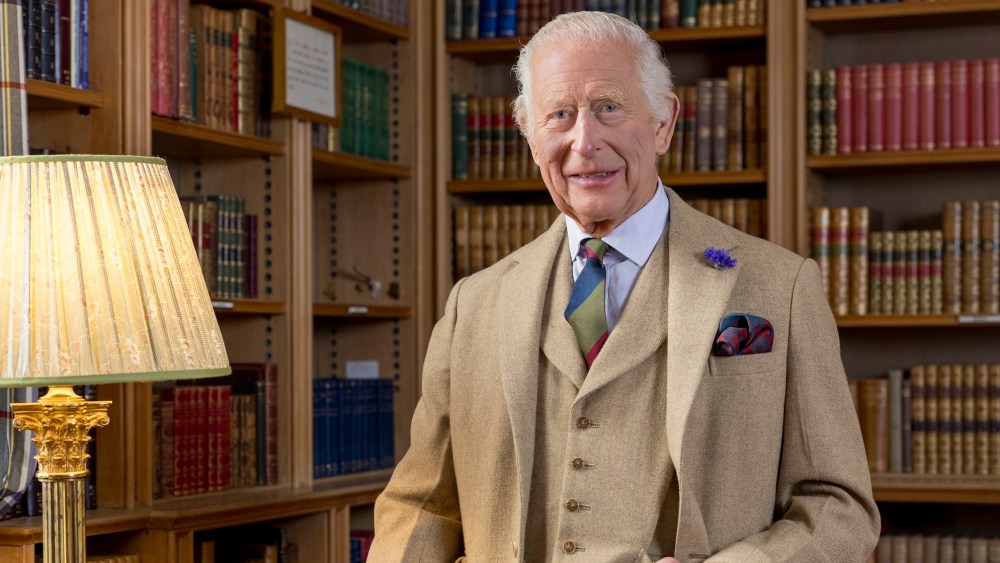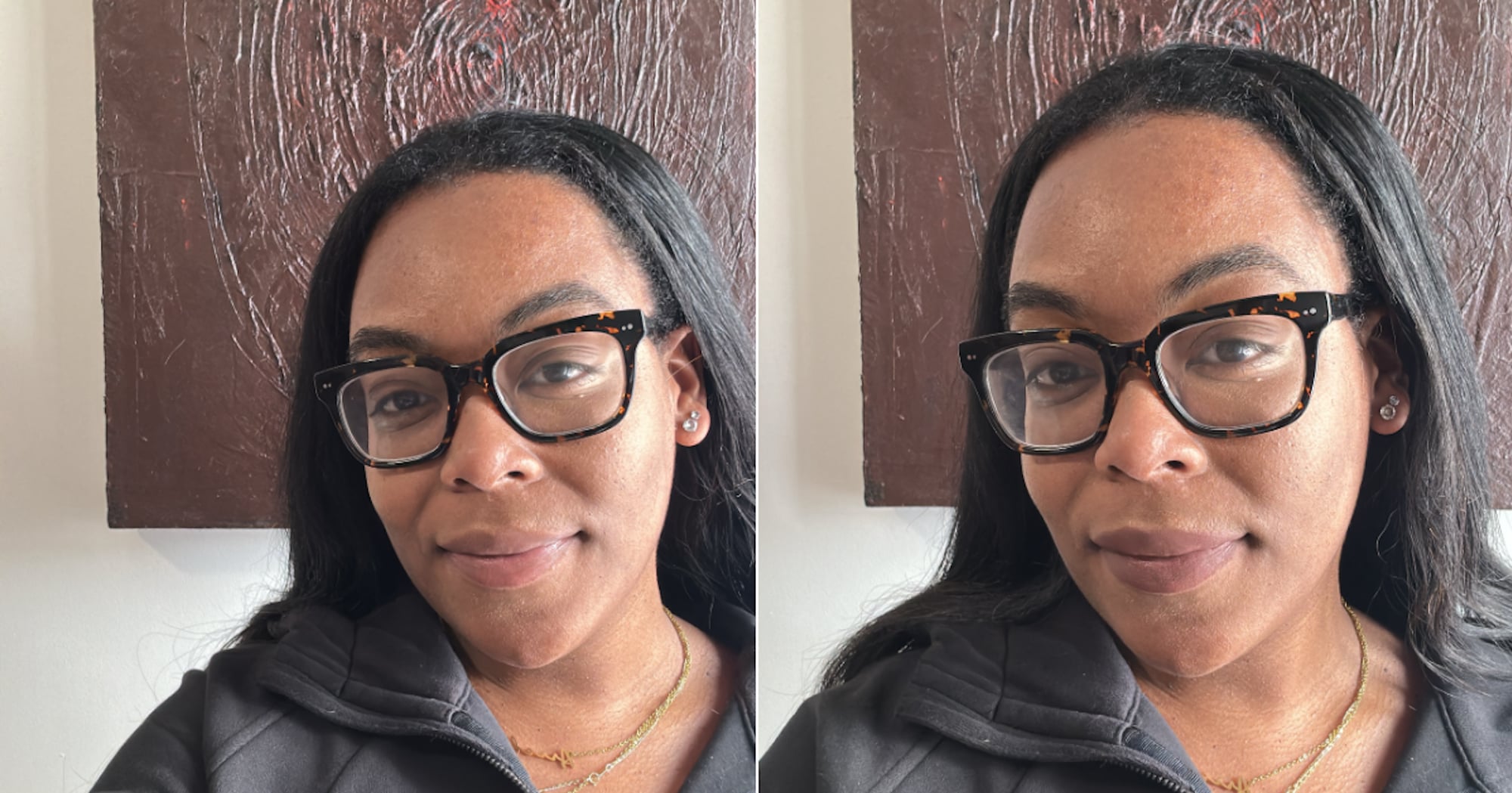Rejection is more than just scary – it can be the one thing that truly holds people back from their truest potential. But at some point, whether we want to or not, we all must face rejection. So why not seek it out directly, instead? That’s where rejection therapy comes in.
After going viral on TikTok, rejection therapy has not only taken off as a popular and sometimes silly way to face fears, but to also find small and innovative ways to become comfortable with rejection (and of course, the success that can come after it). TikTok users are putting it into practice, and for one user, she even made the bold claim that rejection therapy changed her entire life in less than one year.
Of course, we all face fear of rejection throughout our lives, but I asked myself: what would happen if I ran toward it? Would I be better for it in the long run? Would it make me more confident? Or would it do nothing at all?
Either way, as someone who is always trying to next-level my life, career, and personal growth, I decided to try it out for myself. Here’s what happened.
Experts Featured in This Article
Niloufar Esmaeilpour is a certified therapist and founder of Lotus Therapy.
Rychel Johnson is a licensed clinical counselor.
What Is Rejection Therapy?
Rejection is an “unconventional social exercise,” certified therapist Niloufar Esmaeilpour says. “One needs to go out and deliberately put themself in situations where there’s a very great possibility of being rejected, like asking for something very unusual or making outrageous requests.”
At its core, rejection therapy is the practice of putting yourself in the path of potential rejection – like applying for that Masters program, sending that DM to ask someone to hang out, leaning in for the kiss when you’re unsure if the other person likes you – as a way of desensitizing yourself to the negative feelings and fear of being turned down.
Rychel Johnson, a licensed clinical counselor, told PS that rejection therapy is a form of exposure therapy. According to her, if it’s done the right way, it can truly help to make folks not necessarily immune to the feelings of rejection, but have a healthier attitude toward it. “Fear of rejection is a major anxiety that holds people back from pursuing goals, relationships, or new experiences,” Johnson adds. “Rejection therapy is a way to reframe rejection as a normal part of life by gradually increasing distress tolerance.”
According to Esmaeilpour, rejection therapy can even help folks who struggle with social anxiety. For example, asking someone new for coffee, going up to someone to chat at a party, or even something as simple as asking how a person’s day is can all be acts of rejection therapy. Through these, and becoming comfortable with rejection, folks who may be socially anxious can actually build less anxiety over time. “It creates a growth mindset where failures, rejections, and social situations become learning and growth opportunities, not impossible hurdles,” Esmaeilpour explains.
My Experience Trying Rejection Therapy
So what was it like to try it out for myself? Where would I begin? When I asked the experts, they had a few suggestions for me that anyone else could easily try out too. “One easy method is to make small, unconventional requests in everyday situations, like asking a barista to discount coffee or asking for a tour of a non-public area in a building,” Esmaeilpour suggested. Another way, which we all may fear from time to time, is engaging in conversation with a stranger or asking for feedback on a creative project.
For myself, I decided to take a few approaches to the practice of rejection. At the recommendation of the experts, I first set a goal for how many rejections I could realistically handle to avoid getting overwhelmed with the process. I settled on five. But for my first implementation, I decided to go a bit small.
As a sex and relationships writer, I thought about an effortless addition to my day that would be an easy way for me to process potential rejection: sparking a conversation with a stranger, telling them what I do, and asking them what their age was when they first had partnered sex. Obviously, sex can be a pretty personal subject, so I knew that while some folks might answer, others wouldn’t – especially to a stranger.
I ended up trying this out on three different people – a green-haired girl sitting next to me in a cafe in Seattle, a barista I thought seemed cool, and a person who sat next to me while waiting for a flight. I asked: “If you feel comfortable, would you mind sharing the age you first had partnered sex?” Then, in the seconds after, I waited for the rejection to come. It seemed like a great way to research multiple pieces I am working on, while also putting myself in the way of possible rejection.
Overall, two of them said they didn’t feel comfortable, and oddly, even though I felt a ping of embarrassment for asking, I also felt relieved that the rejection didn’t feel quite as bad as I’d anticipated. It passed within minutes of the encounter, and for some of the interactions, I managed to still feel good about the conversation.
Surprisingly, the moments before the rejection were actually scarier than the rejection itself.
Next, I decided to do something that felt a little more risky to me: DM a few people I’ve admired and had friend crushes on for a long time. Believe it or not, this one actually felt harder for me to do, even behind the perceived safety of a phone screen. I am a person who, without fail, finds making friendships in adulthood really difficult. And if it’s someone who I find really cool, then it feels even harder. I thought this could be an amazing way to practice rejection therapy and make a new friend or two along the way.
I ended up sending a quick Instagram DM – seemingly calm, cool and collected obv – to four folks I’d never met IRL but had a mutual follow with. Something like, “Hi! I’ve been meaning to message you for a while and say that I love your content. I’d love to get coffee sometime IRL if you’re down!” When I hit send, I felt a twinge of, “Ugh, why did I do that?”
But in the end, three of them responded with something like, “That’s so sweet! Would love to” or “I’m traveling over the summer but would love to when I’m back.” One person, however, left me on “read.” And if I’m being honest, it was definitely hard to see the message had been read, and nothing was said back. But I think that, because I got some good responses, it eased the pain a little and helped me feel less rejected overall.
After both of these in one week, I didn’t know how else to put it into practice. But in a moment of vulnerability, I decided to tell a close friend that nine years ago, they’d been the person to make me realize I was bisexual. This, above all the other ways I’d practiced rejection therapy, felt like the biggest.
Obviously, this one wasn’t premeditated, but happened organically in a conversation over an Aperol spritz. I decided to just go for it, without an expectation of an outcome. When I told her, she smiled and said she felt honored to have been the woman to help me on that journey, and how lovely it was that I could be so emotionally vulnerable.
Even though my desire to have a deeper, more meaningful conversation wasn’t exactly rejected, I found that the potential of rejection was still there. When it didn’t happen, though, I felt lighter – like I could be bold enough to do or say or be anything I wanted. And, of course, I felt like my friendship had grown even deeper in the process of sharing.
During the week, I had set a cap of five rejections that I could handle. I ended up experiencing three. And surprisingly, the moments before the rejection were actually more scary than the actual rejection itself. It’s funny – we humans tend to build things up to be so much worse in our heads. The practice not only lifted the veil on rejection but made me feel more empowered to try it out, even outside of writing this piece.
My advice? Start small, with something silly even, and then take more uphill scenarios. You might be surprised by what you find.
Hayley Folk (she/her) is a freelance writer, editor, and podcast host based in New York City. She is the host of the “Naked Folk” podcast – a sexual wellness and relationships podcast – and she writes for major publications about the LGBTQ+ community, travel, lifestyle, sex, and wellness. In 2022, she received her master of fine arts in creative writing from The New School.




